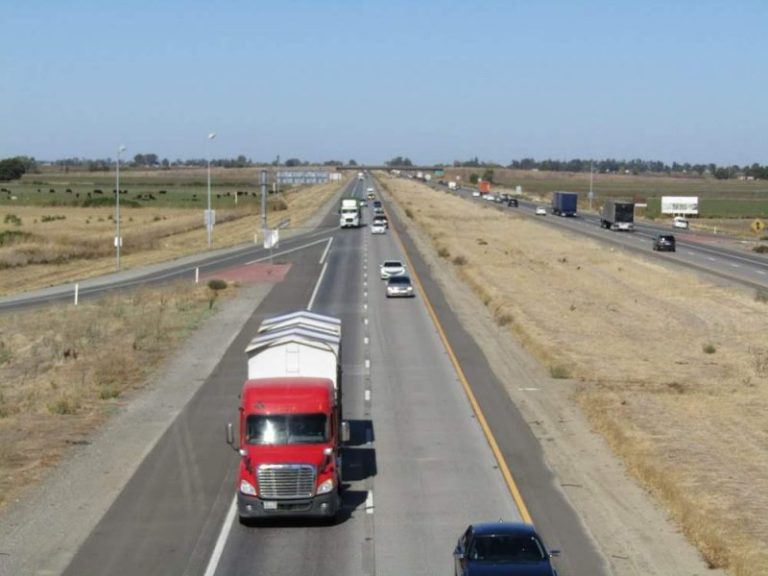How Drowsiness Detection Systems Save Lives
Drowsy driving is one of the most common dangers motorists face behind the wheel, regardless of age, lifestyle, and roadway experience. Over half of all Americans admit to having driven drowsy at least once in their lives, yet while it might seem harmless in the moment, it’s anything but. Simply being awake for 24 hours has the same effect on your driving as a BAC of 0.10 (well over the 0.08 BAC definition of drunk driving).
Sharp engineers in the auto industry know the risks of drowsy driving and have been working to counteract it with a new technology—drowsiness detection systems. Joining a suite of onboard driver assistance systems such as rearview cameras, wrong-way driving alerts, and automatic emergency brakes, drowsiness detection systems aim to detect symptoms of exhaustion and intervene before they can pose a risk to everyone on the road.
How Drowsiness Detection Works
 Advanced drowsiness alert systems evaluate a wide array of data to measure a driver’s level of drowsiness. Everything from turn signal usage, steering wheel angles, rapid blinking, and the length of a trip is run through a complex algorithm. When compared with the motorist’s normal driving patterns and general signs of drowsy driving (such as long periods of listless steering punctuated by sudden corrections), the system is able to alert the driver if they need to pull over and take a nap.
Advanced drowsiness alert systems evaluate a wide array of data to measure a driver’s level of drowsiness. Everything from turn signal usage, steering wheel angles, rapid blinking, and the length of a trip is run through a complex algorithm. When compared with the motorist’s normal driving patterns and general signs of drowsy driving (such as long periods of listless steering punctuated by sudden corrections), the system is able to alert the driver if they need to pull over and take a nap.
Why Are Driver Assistance Systems Vital?
Unlike drunk driving, drowsiness can be difficult to self diagnose and can strike suddenly on the road. Alcohol and exhaustion both impair your decision-making abilities, so even if you’re aware that you might not be completely safe to drive, you’re more likely to do so regardless. However, while a friend can tell you you’re impaired if you’ve been drinking, you might not have that luxury when driving alone—a drowsiness detection system might be the only thing that can tell you to pull over.
This technology can save countless lives, and, as self-driving automobiles become more prevalent, can join a host of other driver assistance systems to help minimize accidents.
What Can I Do On My Own?
Unfortunately, drowsiness detection systems aren’t yet widespread and are mostly featured on higher-end vehicles. However, even without the aid of a drowsiness alarm, you can still avoid drowsy driving by knowing the common signs of fatigue, such as:
- Not being able to remember the last few miles.
- Drifting out of your lane.
- Struggling to keep your eyes open.
- Trouble keeping your head up.
Even if you’re only a few minutes from your destination, you should pull over and take a 15 to 45-minute nap if you display symptoms of drowsy driving.
Drowsy Driving Accident Attorneys in Arizona
If you’ve been hit by someone who made the irresponsible decision to drive drowsy, you deserve compensation for your suffering and financial loss. Escamilla Law Group can give you guidance and peace of mind at any stage in the claims process, so please, contact us today at (623) 321-0566 to schedule a free consultation.
Law News Feed
All NewsWho Is Liable for Damages After a Truck Accident?
According to information from the National Highway Traffic Safety Association, more than 2,500 truck accidents occur each year in Arizona. It goes without sayin…
Common Injuries After a Motorcycle Accident
Motorcycle accidents kill or severely injure individuals more frequently than any other type of crash, resulting in immense amounts of suffering and financial d…

